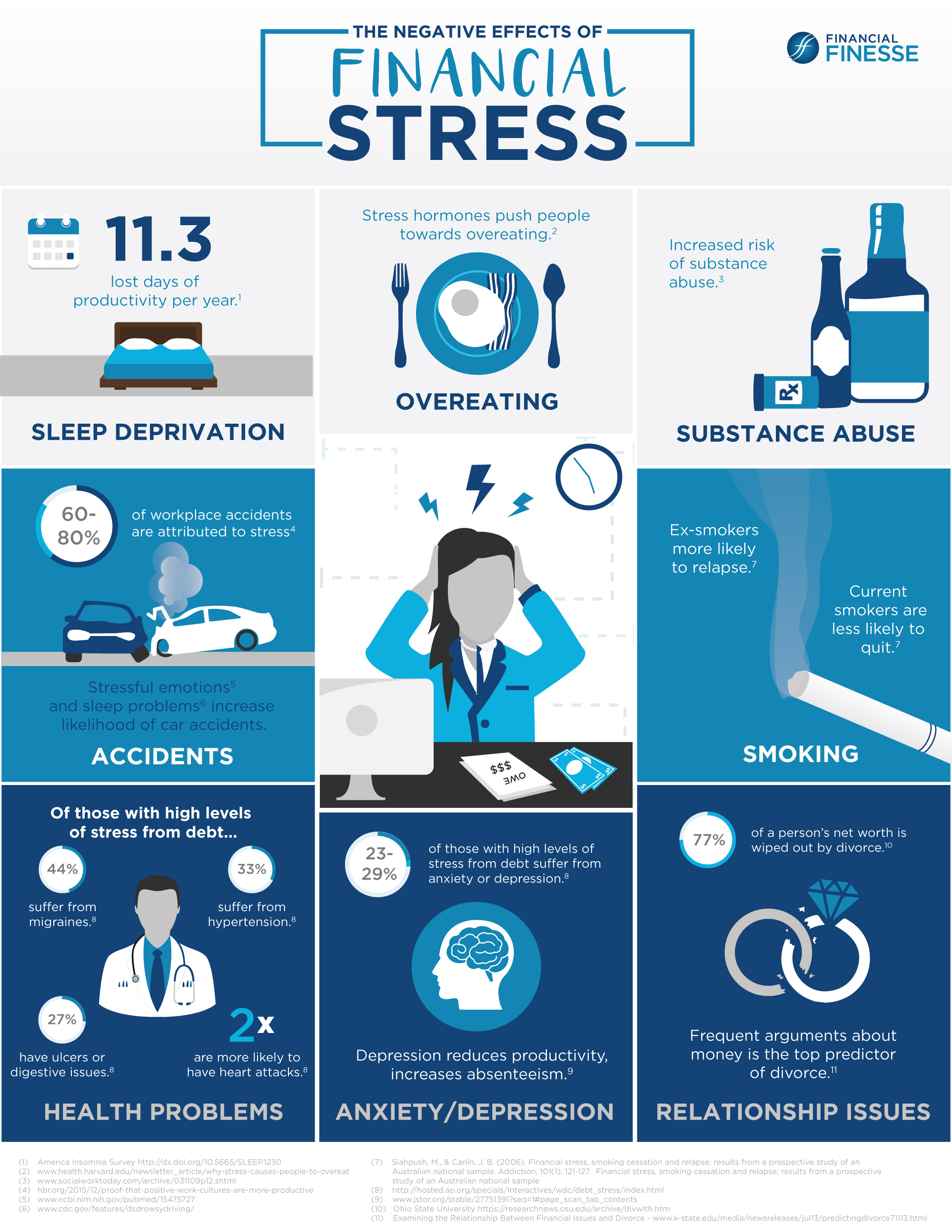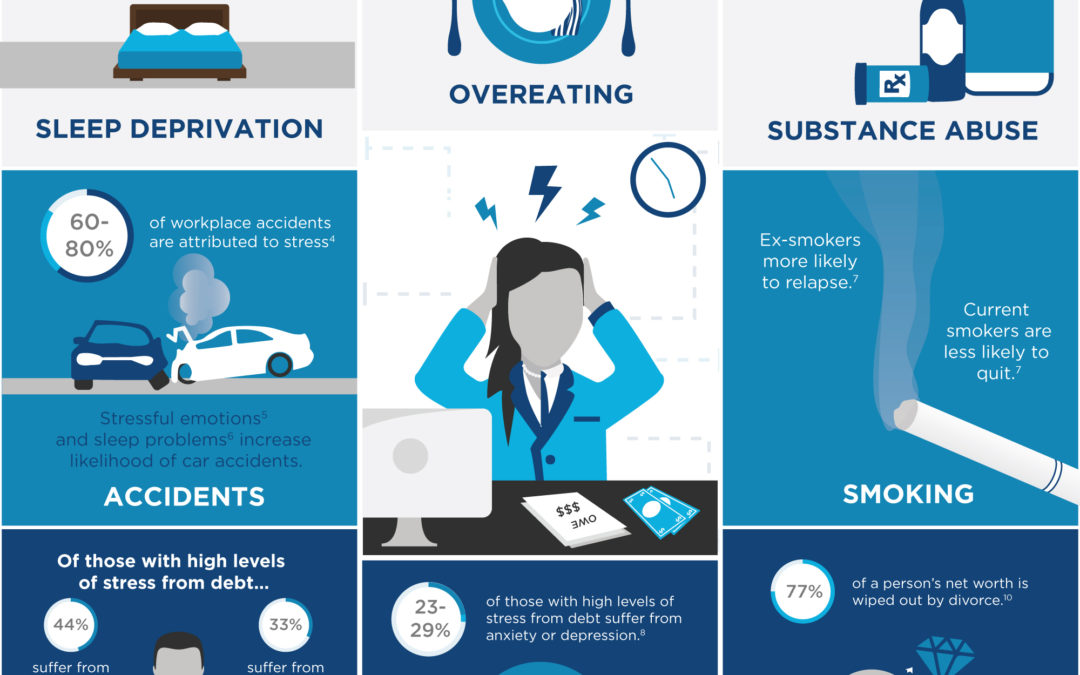Financial worries are a big issue for the nation at large, one of the key issues driving voter choices this election. In a Gallup study on financial worries this spring, Americans reported a higher level of worry than in the previous year. Some of the concerns highlighted in the study include:
Worries about not having enough money for retirement increased four percentage points and edge out not being able to pay for serious medical costs as the No. 1 worry. Now a majority, 51%, also worry about maintaining their standard of living.
Nearly half of Americans report being concerned about not being able to pay medical costs for their normal healthcare (45%), while about one in three worry about not being able to pay their rent, mortgage or other housing costs (34%). Americans are least concerned about not being able to make minimum payments on their credit cards (21%), though like all of the issues measured, this is up from the prior year.
Additionally, 37% of Americans report being worried about not having enough money to pay for their children’s college, which is consistent with the range of 34% to 43% who have reported such worries since Gallup first asked this question in 2007.
More recently, a study conducted by Financial Finesse for the American Psychological Association looked at the impact of financial stress on the American workplace.
The study showed that:
- Money was reported as one of the top sources of significant stress
- 25% of those surveyed indicated high or overwhelming financial stress; 60% reported some financial stress; only 15% reported no financial stress
- One-third of those surveyed were assessed as vulnerable to living beyond their means and having serious debt
- Of those reporting overwhelming stress, many live paycheck to paycheck, with no emergency funds and difficulty paying bills each month.
- While all demographics reported stress, women are more likely than men to report feeling overwhelming financial stress. Mothers with minor children living in households with income below $60,000 (9% of sample) are the most financially stressed.
An AP-AOL Health Poll found that people experiencing high financial stress are more likely to struggle with depression, anxiety and heart problems; They also experience more relationship issues and substance abuse problems.For an overview of those problems, see the infographic below or access the full Financial Stress Report (PDF).
Liz Davidson, CEO and founder of Financial Finesse, recommends that employers should play a role in helping employees address these concerns. She suggests that employers use Financial Finesse’s C.A.L.M. Financial Stress Reduction Model™ as a standard in their financial wellness efforts to help employees get a handle on their cash management:
C – Create a plan to manage cash flow, working with a coach if necessary
A – Automate bill payment & saving for emergencies
L – Lower nonessential spending and debt
M – Make progress one step at a time
We would also suggest tapping in to any resources that your Employee Assistance Program may offer to employees, such as debt counseling, financial planning and stress reduction coaching. Financial worries continually rank among the top issues that our employee members call to discuss and are frequently at the root of relationship difficulties.


